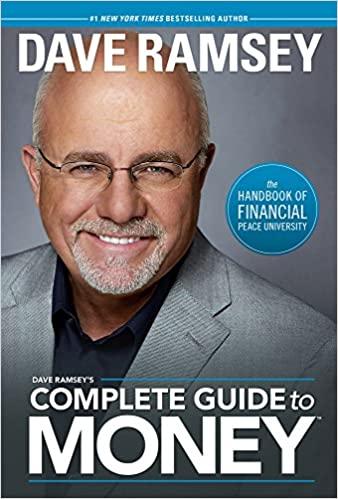Question
7) Investment A has an expected return of 14% with a standard deviation of 4%, while investment B has an expected return of 20% with
7) Investment A has an expected return of 14% with a standard deviation of 4%, while investment B has an expected return of 20% with a standard deviation of 9%. Therefore,
A) a risk averse investor will definitely select investment A because the standard deviation is lower. B) a rational investor will pick investment B because the return adjusted for risk (20% - 9%) is higher than the return adjusted for risk for investment A ($14% - 4%). C) it is irrational for a risk-averse investor to select investment B because its standard deviation is more than twice as big as investment A's, but the return is not twice as big.
D) rational investors could pick either A or B, depending on their level of risk aversion.
Step by Step Solution
There are 3 Steps involved in it
Step: 1

Get Instant Access to Expert-Tailored Solutions
See step-by-step solutions with expert insights and AI powered tools for academic success
Step: 2

Step: 3

Ace Your Homework with AI
Get the answers you need in no time with our AI-driven, step-by-step assistance
Get Started


